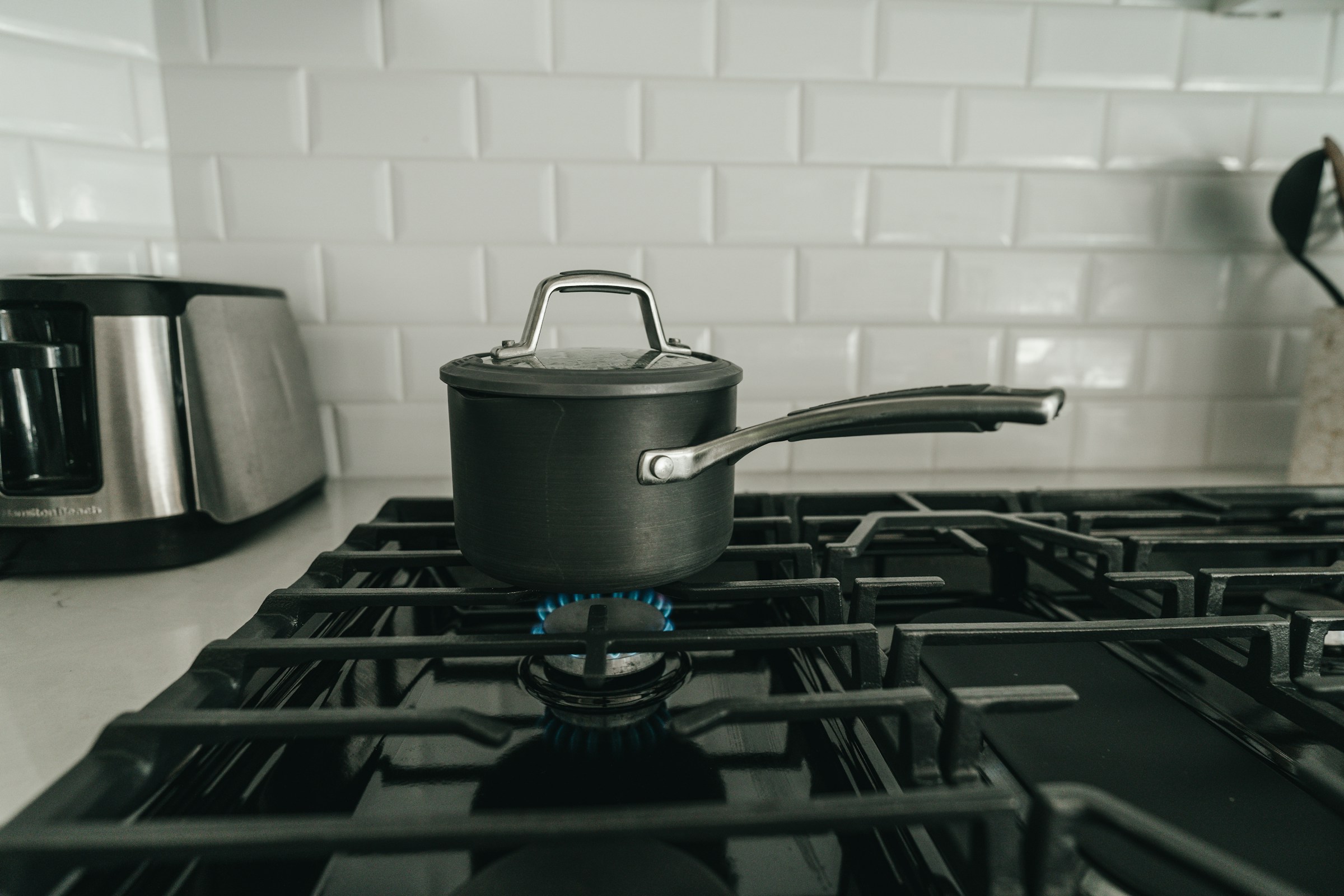As you look forward to the joys of cooking on your newly purchased gas stove, you can’t help but feel an element of concern. After all, you’re dealing with fire and gas in a confined space of your compact kitchen. Safety, therefore, becomes paramount. Today, we’ll take you through the key safety protocols for installing and maintaining a gas stove in a compact kitchen.
Understanding the Basics of a Gas Stove
Before we delve into the safety protocols, it’s essential to understand the basics of a gas stove. This knowledge will help you appreciate why safety measures are not just important but necessary.
Also read : How to incorporate a modular kitchen setup for easy upgrades?
A gas stove is a kitchen appliance that uses natural gas or propane as a fuel source for cooking. It consists of burners, a gas line, a stove top, and a grill. It may also have an oven compartment.
Gas stoves are popular because they offer instant heat, precise temperature control, and are often more economical in the long run. However, they also involve elements of risk, ranging from gas leaks to potential fires. Therefore, proper installation and maintenance are crucial to ensure safety.
Additional reading : What are the innovative ideas for hidden kitchen storage?
The Importance of a Well-Ventilated Kitchen
When it comes to installing a gas stove, your kitchen’s ventilation should be your first concern. This ensures that the natural air flow can help disperse any gas leaks, decreasing the chances of a fire.
A well-ventilated kitchen has at least one window or an exhaust fan. If your compact kitchen doesn’t have either, consider investing in a good quality range hood. This device can help eliminate carbon monoxide, a by-product of burning natural gas, and other harmful gases from your kitchen.
When installing the range hood, make sure it’s placed at an ideal distance from the stove. Too high, and it may not extract the air efficiently; too low, and it may interfere with your cooking.
Safe and Secure Gas Line Installation
The gas line is the lifeline of your stove. It’s therefore crucial that it’s installed correctly and securely.
Hiring a professional for this step is non-negotiable. They have the necessary training and equipment to ensure a safe and secure installation.
During installation, the professional will make sure that the gas line is not only securely fitted but also accessible for future inspections and maintenance. They’ll also check for potential leaks, using a solution of soap and water. If there’s a leak, it’ll create bubbles when the gas is turned on.
Regular Cleaning and Maintenance
The image of a shiny, clean stove is not just aesthetically appealing, but it’s also a safety point. Regular cleaning and maintenance of your gas stove are critical for its safe operation.
Spilled food, grease, and residue can clog the burners, leading to uneven flame or even a fire. Cleaning after each use can prevent this build-up. Most gas stoves have removable burners for easy cleaning. Additionally, deep cleaning your stove every few months can help maintain its optimal performance.
But cleaning is not just about the stove top. Make sure to regularly check and clean the gas line and connections. Accumulated dust or grease can affect the gas flow, resulting in inefficient cooking and potential safety hazards.
Safety Protocols for Using the Gas Stove
Now that your gas stove is safely installed and cleaned, it’s time to turn our attention to the safety steps while using it.
First, never leave your stove unattended while cooking. Uncontrolled fires can spread quickly, so it’s best to stay in the kitchen while your stove is on.
Second, keep flammable items away from the stove. Dish towels, paper, and even certain types of plastic can catch fire if left too close to the burners.
Finally, always check that all the burners are turned off after cooking. Even a small gas leak can lead to serious consequences.
Remember, safety is a continuous process. With the right measures and conscious efforts, you can enjoy the benefits of your gas stove while ensuring your and your family’s safety.
Advanced Safety Measures to Consider
The best way to avoid a kitchen fire is by taking precautionary measures that go beyond basic protocols. As owners of gas stoves, we should not take our safety lightly.
Firstly, let’s talk about carbon monoxide. This is a toxic gas that is emitted when natural gas is burnt. Usually, when you burn gas on the stove, the flame should be blue. A yellow or orange flame is a sign of incomplete combustion, which means carbon monoxide is being produced. Since carbon monoxide is colorless and odorless, you may not notice its presence until you start feeling the symptoms of carbon monoxide poisoning, such as nausea, headaches, and dizziness.
To keep your air quality safe, consider installing a carbon monoxide detector in your kitchen. This device alarms you if the levels of carbon monoxide exceed the safe limit. Remember, carbon monoxide poisoning is a serious matter and is even fatal in severe cases.
Next, let’s talk about nitrogen dioxide, another harmful gas produced during the combustion of natural gas. While small amounts may not have serious health implications, long-term exposure can trigger respiratory issues. An effective way to reduce nitrogen dioxide exposure is by ensuring that your kitchen is well-ventilated.
Additionally, always keep a fire extinguisher in your kitchen. Make sure it’s a class B extinguisher as these are specifically designed for flammable liquids and gases, such as a gas stove’s fuel.
Lastly, let’s address stove knobs. For households with small children or pets, consider installing stove knob covers. These prevent any accidental turning on of the stove, enhancing your kitchen safety.
Conclusion: Peace of Mind Through Safety Precautions
In conclusion, while a gas stove, compared to an electric stove, might require a little more attention and care, it can still be a safe and efficient appliance for your compact kitchen.
Remember, the key to maintaining a safe kitchen environment is understanding the potential hazards associated with your gas stove and taking appropriate measures to mitigate these risks. This includes ensuring the proper installation and maintenance of your stove and gas line, maintaining good kitchen air quality, and being prepared to handle any potential fires.
Always keep a keen eye out for signs of gas leaks, such as the smell of rotten eggs or a hissing sound coming from your stove. In the event of a suspected gas leak, evacuate your home immediately and call your gas company or a professional service to handle the situation.
While it might be tempting to attempt fixing a gas leak or any other stove issues on your own, remember that dealing with natural gas and fire safety requires professional knowledge and skills.
To reiterate, safety should be your top priority when using a gas stove. By following these safety protocols, you can enjoy the conveniences and culinary advantages of a gas stove, all while maintaining a high level of safety in your compact kitchen.
So, whether you’re whipping up a quick meal or experimenting with a complex recipe, remember, following these safety measures can help ensure you and your loved ones remain safe. After all, safety, just like good food, is a vital ingredient for a happy home.






